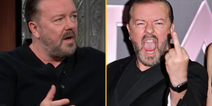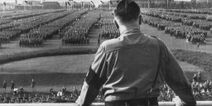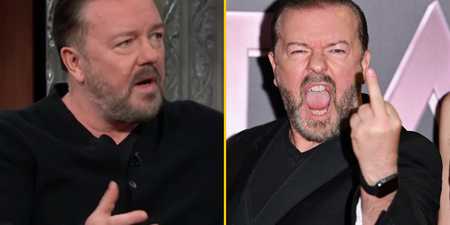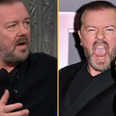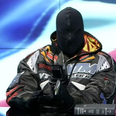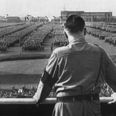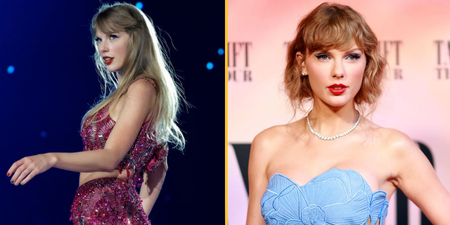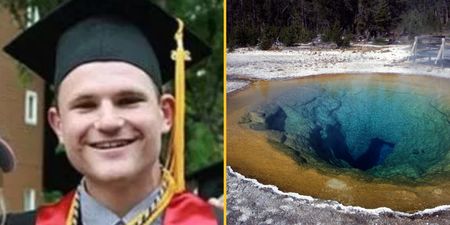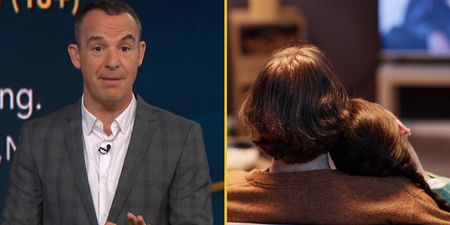April 20 is a truly ominous date, as it marks the 126th anniversary of Adolf Hitler’s birth…
The infamous Nazi leader is reviled the world over as the very epitome of pure evil, and many recoil at the very mention of his name or depiction in any way.
Yet he remains a fascinating subject for reference and exploration by the arts. It has helped shatter his enigma, mock his views, and remain a stark warning to us all.
Here we look at some of the ways in which he has been portrayed in modern literature, television and film through the years…
Spike Milligan’s Hitler Sings:
Spike Milligan’s impression of Adolf Hitler for his BBC Two show Q… may seem puerile and silly, but like much of his manic humour, it is rooted in frustration and despair.
Milligan served in the Second World War and suffered from acute post-traumatic stress disorder. His singing Hitler is a ridiculous idiot made to face constant humiliation.
Quentin Tarantino’s Inglourious Basterds:
Quentin Tarantino depicts Hitler as an angry cartoon in his brilliant and bold Inglourious Basterds. Adolf is a furious little man who is almost bratty in his tantrums.
The character is an unhinged psychopath and fits into the utlra-violent, madcap world that Tarantino creates. His demise is spectacular and predictably satisfying.
Oliver Hirschbiegel’s Downfall:
The tone could not be more different in Hirschbiegel’s Downfall. Bruno Ganz is a sensation in the lead role of a downtrodden and increasingly confused Führer.
The film refuses to ask questions that have easy answers, and Hitler is depicted as a three-dimensional person. By the end he is deluded and pathetic.
Timur Vermes’ Er Ist Wieder Da (Look Who’s Back):

Timur Vermes’ bestselling novel is a brilliant satire on the rise of Nazism and the modern cult of celebrity. Hitler wakes up homeless and confused in modern Germany.
Everything is seen through a 1940s Nazi perspective. He goes from lonely and destitute to a television star, and his rise is both ridiculously funny and worryingly believable.
Charlie Chaplin’s The Great Dictator:
https://www.youtube.com/watch?v=QcvjoWOwnn4
Perhaps the most famous depiction of Hitler came when he was still alive. In 1940, Charlie Chaplin discarded his iconic Tramp character to play the dual roles of a likable Jewish barber and his doppelganger ‘Adenoid Hynkel’.
The film is a tour de force and Chaplin delivers a brilliantly observed comic Hitler. The final speech by the kind-natured barber (mistaken for ‘Hynkel’ at a rally) is both profound and poignant.

